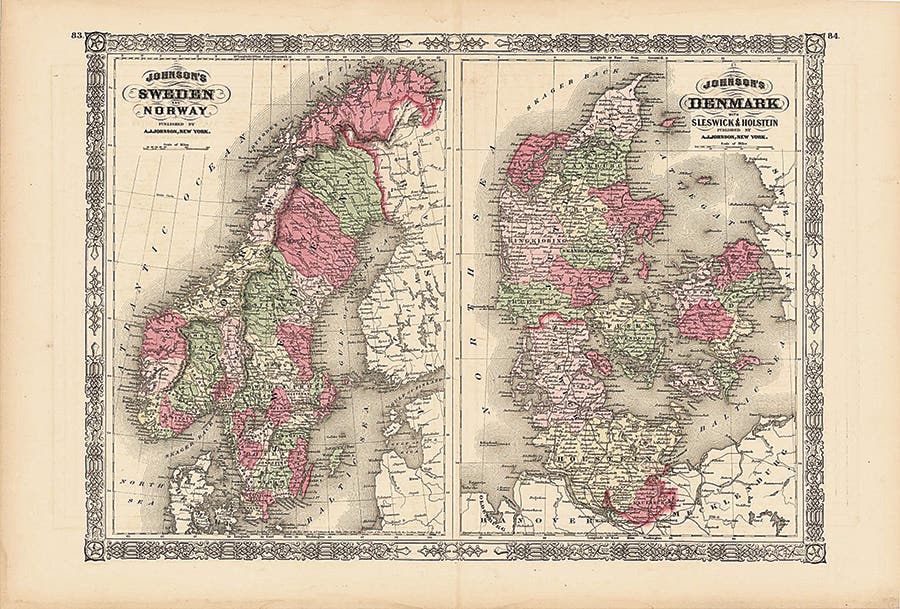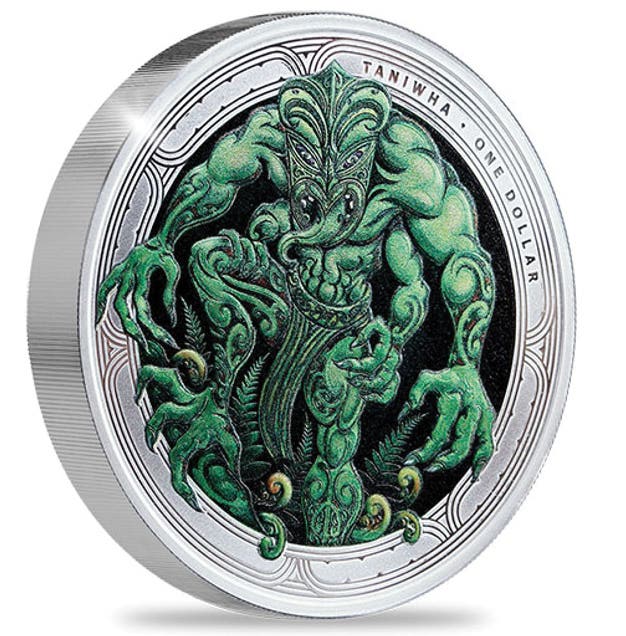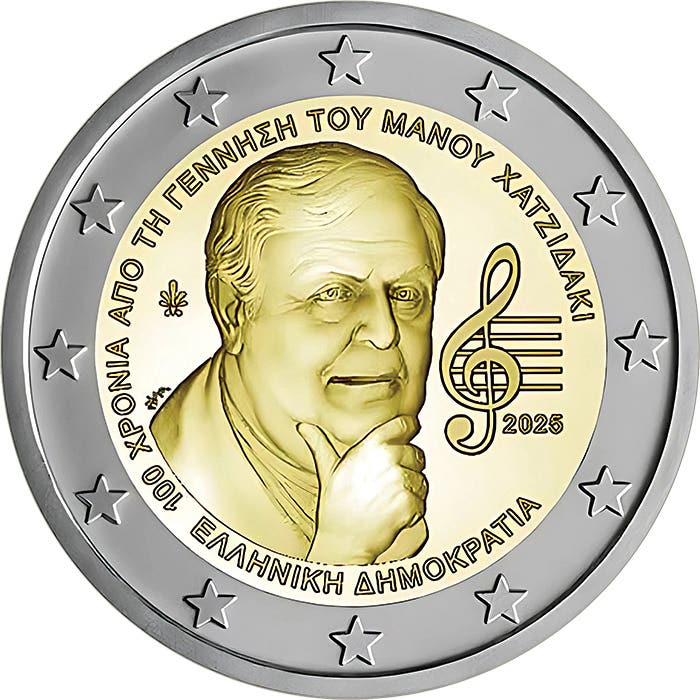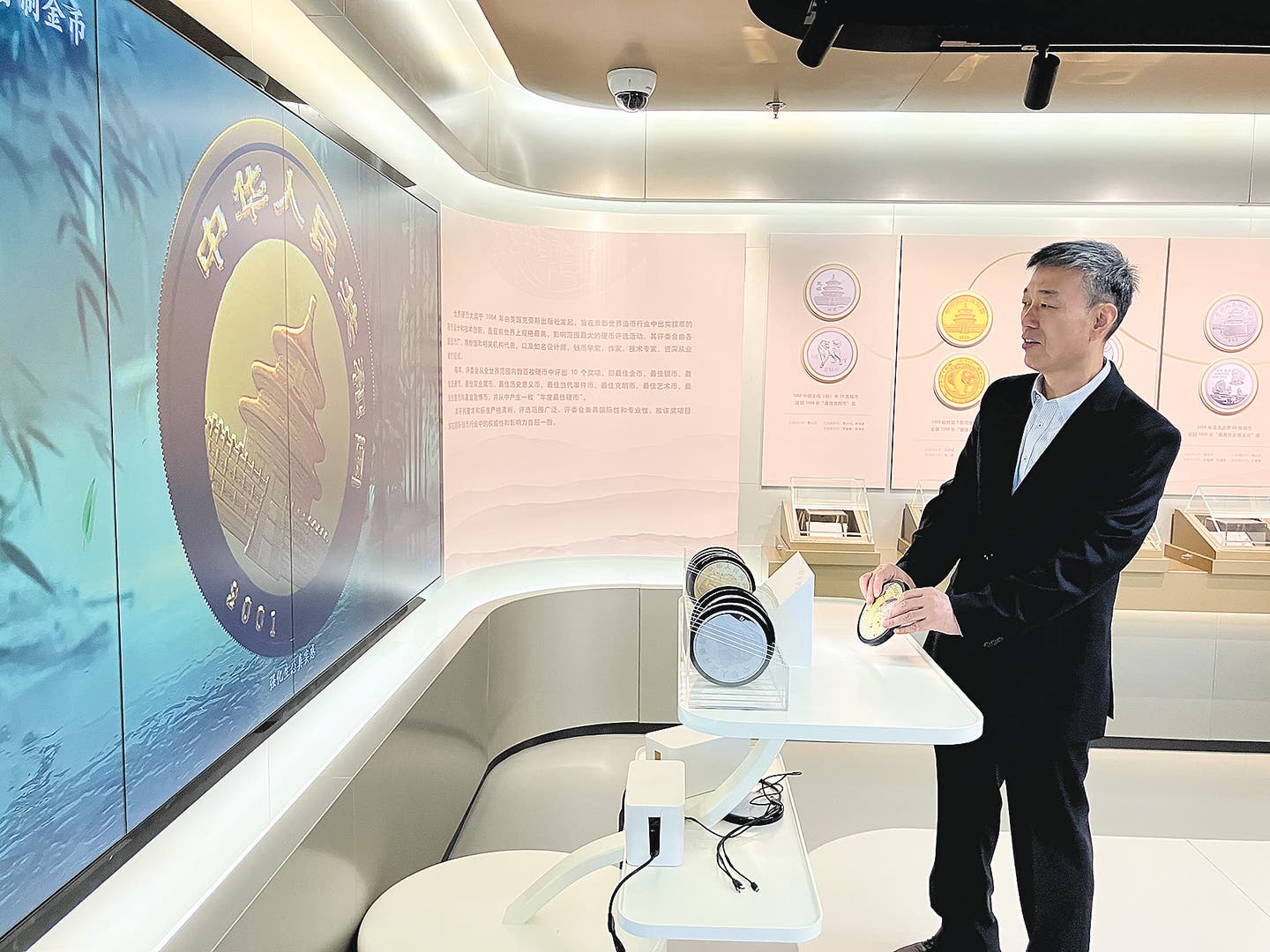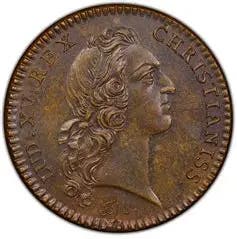Calligraphy celebrated on proofs
Calligraphy is a vital part of Chinese culture. It is traditionally regarded as an art form, referred to as Shufa [way /method/rule of writing]. Many individual characters in use today…
Calligraphy is a vital part of Chinese culture. It is traditionally regarded as an art form, referred to as Shufa [way /method/rule of writing]. Many individual characters in use today can be traced back to 4,000 B.C.E.
The People’s Bank of China has released five proof coins commemorating four distinct examples of the art of Chinese calligraphy ranging from 1600 to 200 B.C.E. The obverses of all coins feature Bronze Age seal script (1st millennium B.C.E.) characters for China – along with the PRC title and year date. All were struck at Shenzhen Guobao Mint.
The reverse of a .999 fine gold 22 mm, 8 g ¥100 presents oracle bone script [zhong ren xie tian] from the Shang Dynasty (1600-1046 B.C.E.). It posts an order, xie tian, instructing people to farm cooperatively. Mintage is 10,000.
A silver rectangular ¥50 yuan has been struck on a 80x50 mm, 150 g .999 fine silver flan. The reverse calligraphy comes from the Western Zhou period (c. 1046–256 B.C.E.) and is taken from a bronze cauldron. It reads fu you si fang [Commencing rule over a vast territory]. Mintage is 5,000.
There are three 40 mm, 30 g .999 fine silver ¥10 coins. All have mintages of 20,000. The reverse of one shows part of a water vessel of the Western Zhou that bears the inscription wan nian wu jiang [lasting forever]. A second features part of a stone drum of the pre-Qin period (pre-220 B.C.E.). It carries the inscription wu che ji hao [my carriage is beautifully decorated]. The third comes from one of the engraved stones on Mount Tai that date from the Qin Dynasty (221–206 B.C.E.). It simply says jin shi [stele =ancient monument].
This article was originally printed in World Coin News. >> Subscribe today.
If you like what you've read here, we invite you to visit our online bookstore to learn more about Standard Catalog of World Coins, 1901-2000.




